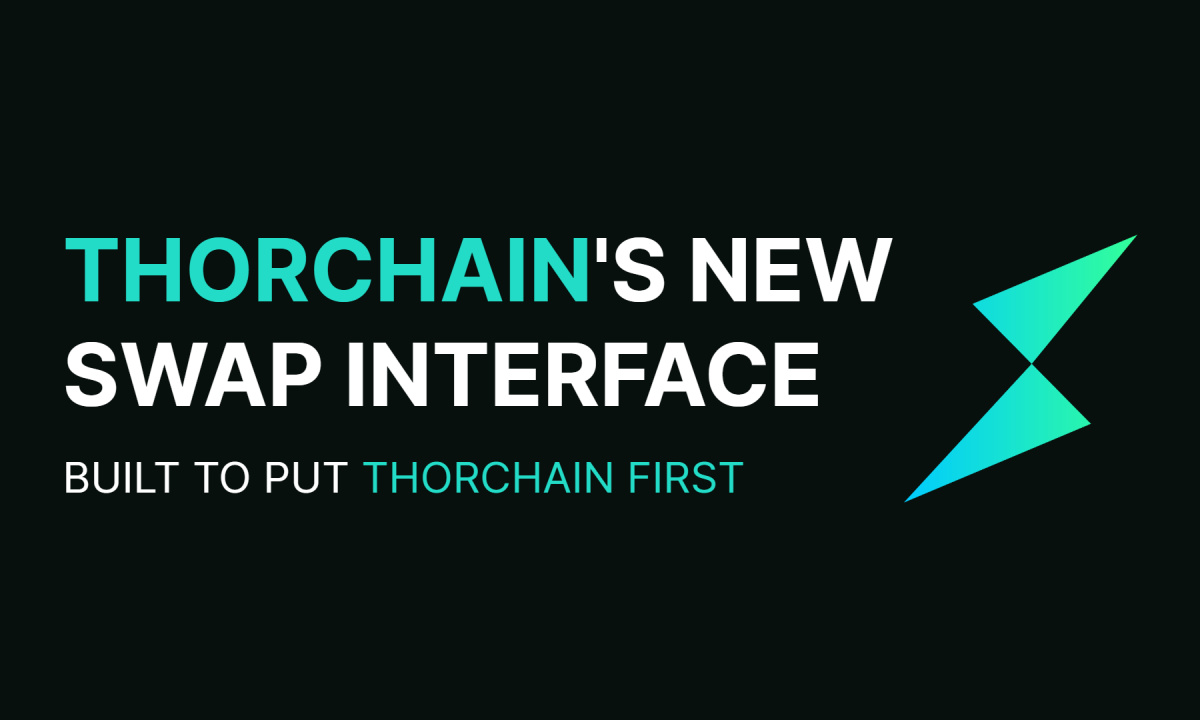A testnet is a specialized blockchain created specifically for developers to test out new features without putting the main network at risk. It provides a safe environment for developers to experiment and ensure the stability and security of their applications before deploying them to the live network.
When implementing new tools or products on a live blockchain, there is a considerable amount of risk involved. Any bug or vulnerability in the code can lead to financial losses for users. Therefore, it is crucial to conduct thorough testing to identify and fix any issues before deploying the code to the mainnet.
A testnet acts as a playground for developers. It allows them to create transactions, interact with smart contracts, and simulate real-world scenarios without risking any real assets. This enables developers to experiment and iterate quickly, leading to faster innovation and improved products.
Why Use a Testnet?
Utilizing a testnet offers several benefits:
- Risk-free Testing: With a testnet, developers can test their code and new features without the fear of causing any damage or loss to the main blockchain network or user funds.
- Identifying Bugs and Vulnerabilities: Testnets are invaluable in detecting and fixing bugs, vulnerabilities, and other issues before they impact the main network. By thoroughly testing new features on a testnet, developers can ensure that their code is secure and ready for deployment.
- Iterative Development: Testnets provide developers with a sandbox environment where they can iterate on their ideas, fix any issues, and improve their applications before releasing them to the public.
- Collecting Feedback: Developers can invite selected users to try out their applications on the testnet and gather valuable feedback. This feedback helps improve the user experience and identify any unforeseen issues.
- Voting and Governance: In decentralized networks, decisions regarding the introduction of new features or changes may require consensus among network participants. Testnets serve as platforms for conducting trials and gathering feedback to ensure that the proposed changes align with the community’s interests.
What is a Testnet?
A testnet functions similarly to the main network but with a few key differences:
- Separate Blockchain: Testnets have their own separate blockchain, independent of the main network. This ensures that any activity or experimentation conducted on the testnet does not impact the main blockchain.
- Testnet Tokens: Testnets typically have their own native tokens, which hold no real-world value. These tokens are used to simulate transactions and interactions on the testnet.
- Testnet Faucets: To acquire testnet tokens, developers and users can use testnet faucets. Testnet faucets distribute a small amount of testnet tokens to users for free, allowing them to conduct transactions and experiment on the testnet.
- Testnet Explorer: Just like a mainnet explorer, a testnet explorer allows users to view and track transactions, balances, and smart contracts on the testnet.
By utilizing a testnet, developers gain confidence in the stability, security, and functionality of their applications before deploying them on the main network. It allows them to catch any bugs or vulnerabilities early on, minimizing the impact on users and the blockchain ecosystem as a whole.
What are the additional benefits of testnets?
Testnets are not only valuable for developers but also for users and the broader blockchain community:
- Education and Learning: Testnets provide a risk-free environment for individuals to learn about blockchain technology, cryptocurrencies, and smart contracts. Users can experiment and explore different features without facing any real-world consequences.
- Community Participation: Testnets often encourage community participation and collaboration. Users can actively contribute to the development of projects by testing new features, reporting bugs, and providing feedback.
- Realistic Simulations: Testnets allow developers and users to simulate real-world scenarios and evaluate the performance of their applications. This enables them to optimize their systems and make informed decisions before deploying on the mainnet.
- Compatibility Testing: Developers can test the compatibility of their applications with different blockchain protocols and client implementations on testnets. This ensures that their applications can seamlessly interact with various networks and infrastructure.
- Exploration of New Possibilities: Testnets provide a platform for developers and researchers to experiment with new ideas and possibilities. It enables them to push the boundaries of blockchain technology and explore innovative use cases.
Overall, testnets play a vital role in the blockchain ecosystem by providing a safe and controlled environment for developers to innovate, iterate, and improve their applications. They foster collaboration, reduce risks, and contribute to the overall security and stability of blockchain networks.














